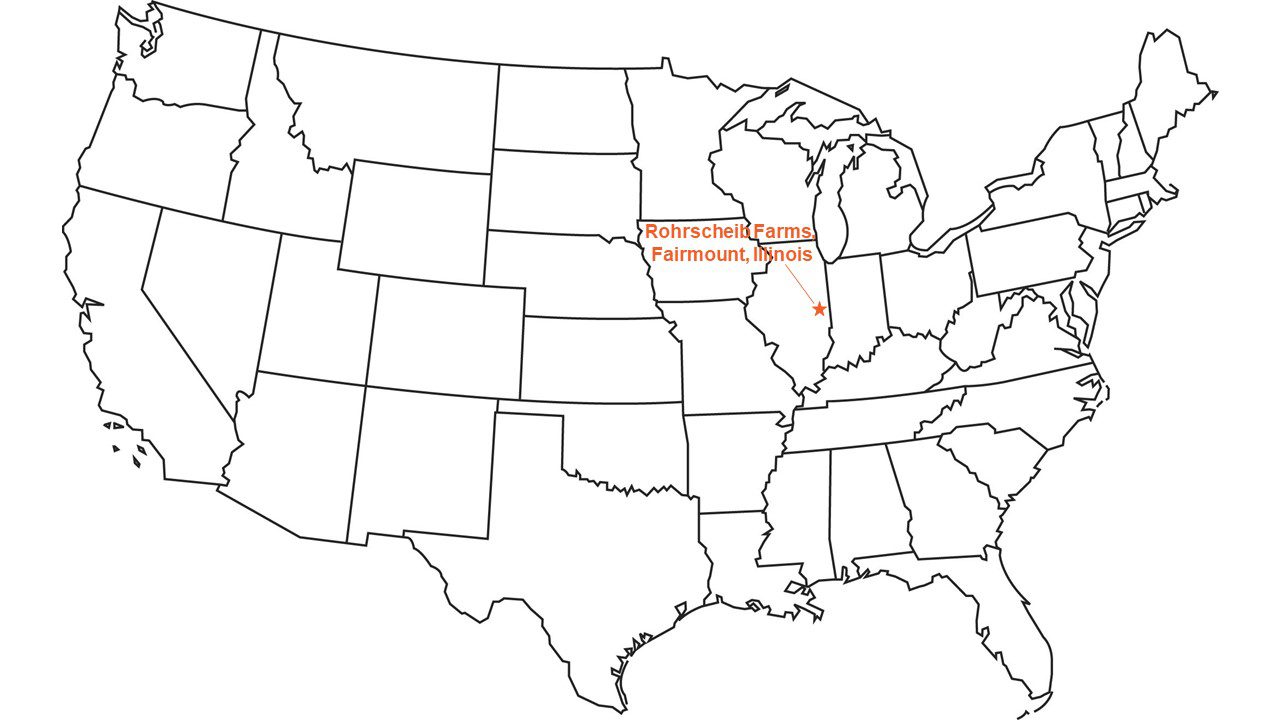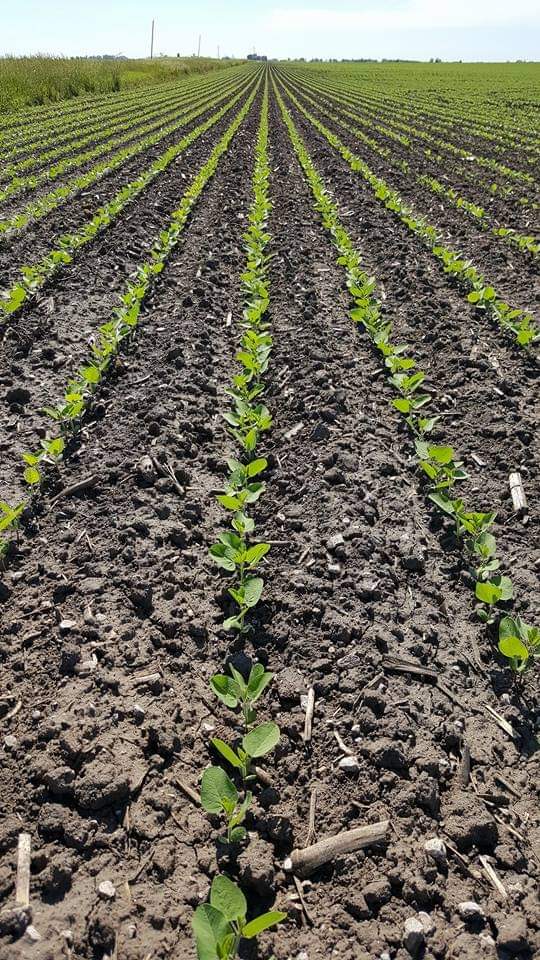 Spring has been wet and cool in our area of Illinois, in the heart of the U.S. Midwest. Rains limited the amount of fieldwork we could do early in the season. But weather has been just one challenge in what is a very strange time in agriculture. As both farmers and ag input suppliers, my family has a unique perspective.
Spring has been wet and cool in our area of Illinois, in the heart of the U.S. Midwest. Rains limited the amount of fieldwork we could do early in the season. But weather has been just one challenge in what is a very strange time in agriculture. As both farmers and ag input suppliers, my family has a unique perspective.
Though we aim to start planting both corn and soybeans at the beginning of April, this year April 23 was our first day of planting. Due to spotty rains, we’re only about halfway done in mid-May, when we usually have most fields planted. With two weeks of good weather in between rains, we were able to finish our planting in early June. We planted our test plots last, hopefully in early June.
In addition to planting, our crew of 18 is also tilling the fields that need it due to soil types. At the same time, we are spreading dry fertilizer where needed on our fields and on our customers’ fields. Other members of our team apply burndown and residual herbicides to control weeds, both for our customers and in our fields. We are hauling both corn and soybeans to customers in semitrucks to fulfill contracts that we have to meet this month. And, we are delivering inputs, including seed, fertilizer and herbicides, to our customers or getting orders ready for them to pick up at our warehouse. We’ve had to hire out tile drainage work we usually do ourselves because we are shorthanded.
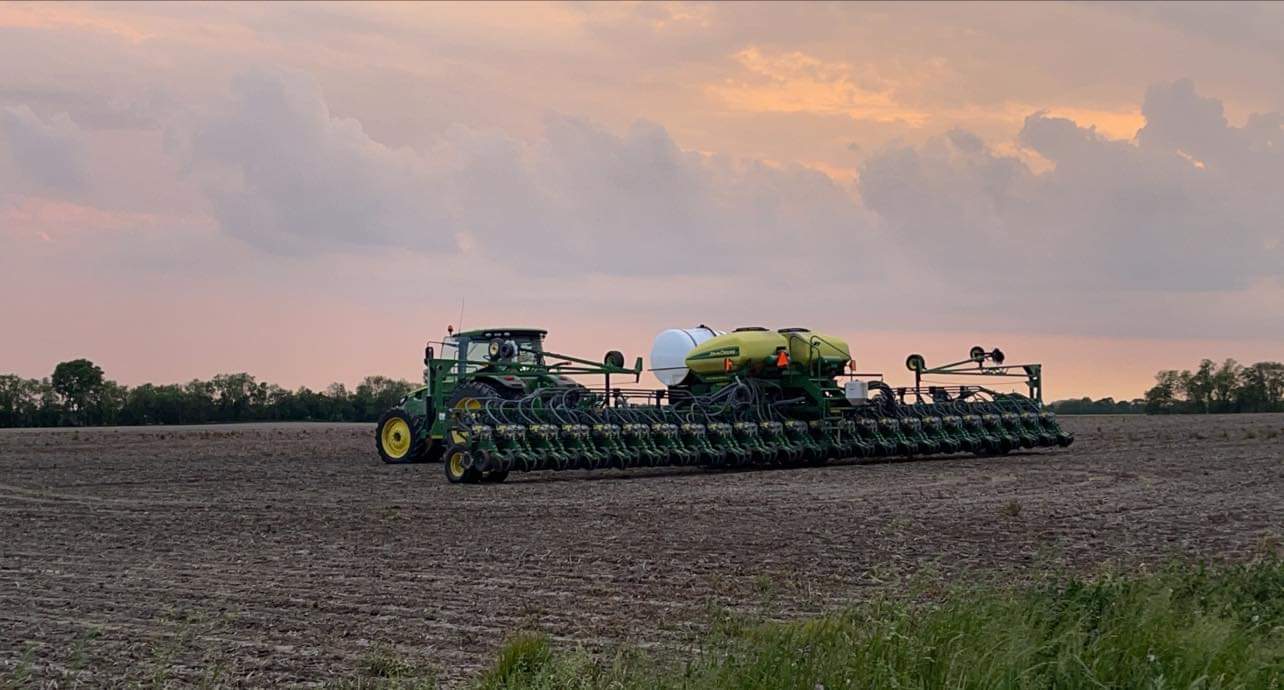
Clearly, we have a lot of different moving parts.
Data informs our decisions as we keep everything moving. So, we rely on detailed data and information, from soil tests and yield data to field history and current observations, to decide what each field needs in terms of fertilizer, seeding rate, tillage, weed control and other inputs. The cumulation of years of data and experience allow us to decide how best to manage each field.
Some fields are no-till, where we don’t disturb the soil. But other fields need to be broken up before planting to create a good seedbed for our crops, especially because weather caused harvest to drag out last fall and we weren’t able to do much additional fieldwork then. Because of limited time, we have to prioritize the fields that most need some tillage so the next crop can get off to a strong start.
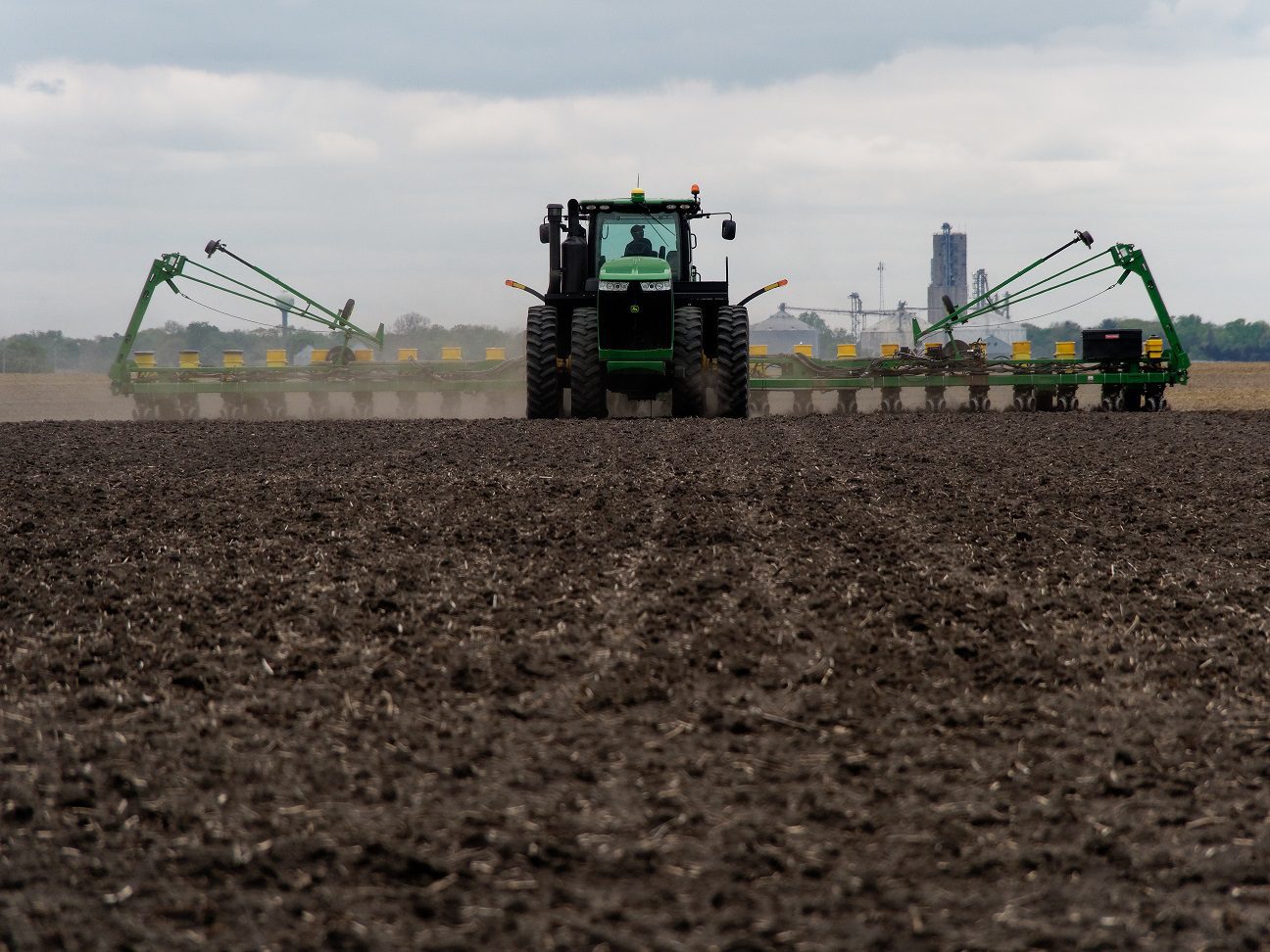 To ensure soil fertility, technology allows us to look at all this data to figure out what fertilizer is needed to grow this year’s crop. We use a wide range of macro- and micronutrient mixes to fertilize fields. Technology also allows us to prescribe the amount and rate of seed that should be planted in different areas of the field.
To ensure soil fertility, technology allows us to look at all this data to figure out what fertilizer is needed to grow this year’s crop. We use a wide range of macro- and micronutrient mixes to fertilize fields. Technology also allows us to prescribe the amount and rate of seed that should be planted in different areas of the field.
This season, that data is even more important as we and our customers decide what we can afford to put in our fields. For example, with the costs of fertilizer skyrocketing, farmers in our areas are making different decisions than usual. In soybeans, many are using less fertilizer because of cost. In some cases, we are just spreading potash to supply the potassium the crop needs to get off to a good start. In corn, farmers are choosing lower rates of some nutrients, with the thought that depending on how the season unfolds and the market changes, additional fertilizer can be applied later in the season.
With all the rain we’ve had this spring, weeds are growing quickly. We are doing our best to burndown weeds in the field at planting and apply residual herbicides to control weeds emerging along with our soybeans and corn. However, with rain keeping us out of fields while the weeds still grow, the weeds get larger and harder to control.
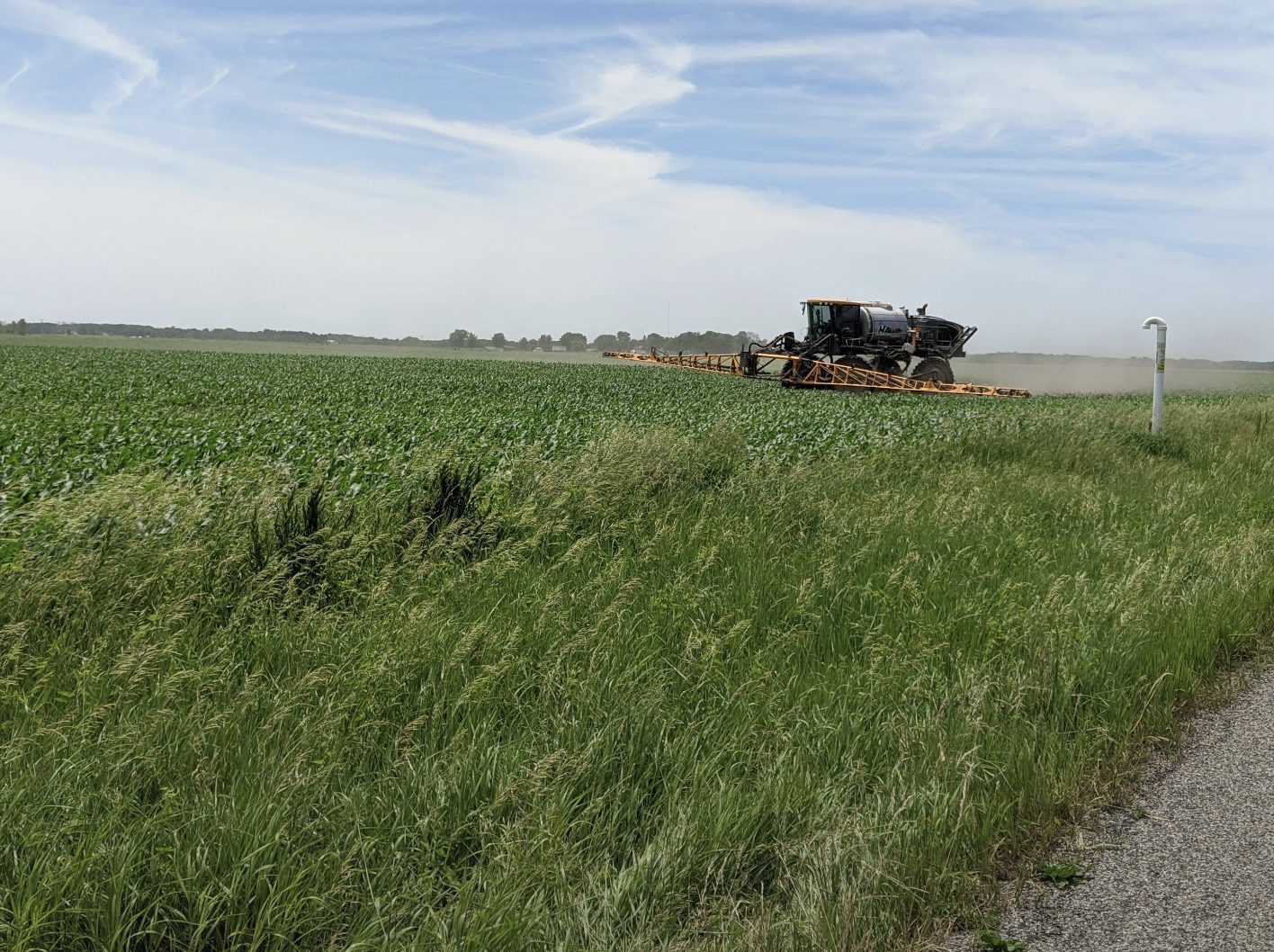 A combination of weather and supply chain issues has me expecting that 2022 will be another season where we fight weed control throughout the season.
A combination of weather and supply chain issues has me expecting that 2022 will be another season where we fight weed control throughout the season.
Supply chain challenges mean that we don’t always have the products we were planning on to protect our crops. As a supplier, we’ve been making payments for herbicides and other products we are ordering for our customers and ourselves, with the understanding that we may not get the products we’ve ordered. We’ve gotten calls about allocations of products being cut, so we get less product. Then we are scrambling to reach out to other suppliers to see if we can get something that will work in place of what we planned.
Personally, I’ve dealt with a lot of strange things this season that reinforce the global nature of our supply chain. We can’t get some products because most of a certain active ingredient is manufactured in a plant in India or China that is shut down. Suppliers weren’t able to send another product because they ran out of lids for the jugs they are packaged in. And a shortage of cardboard due to an increase in shipping products to homes across the U.S. the past couple years has made it difficult for other suppliers to ship agricultural inputs. We’ve also had to accept early delivery of many products, including insecticides and fungicides, that we won’t use until later in the summer, so our warehouse storage is fuller than usual.
Despite all these challenges, we are doing our best to get the crop off to the best start possible. As farmers, we have the attitude that whatever happens, we will figure it out. Our tools, technology, data and commitment to raise high-quality soybeans and corn combine to help us make sound decisions and put in the hours needed to get through this season.
We are confident that we can manage a year or two of strange circumstances and making do in the short-term. We are continuing to successfully raise high-quality, sustainable soybeans and other crops until the global supply chain gets back to a more even keel.
